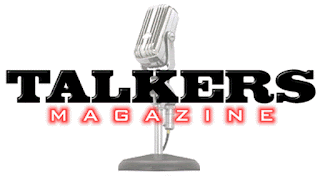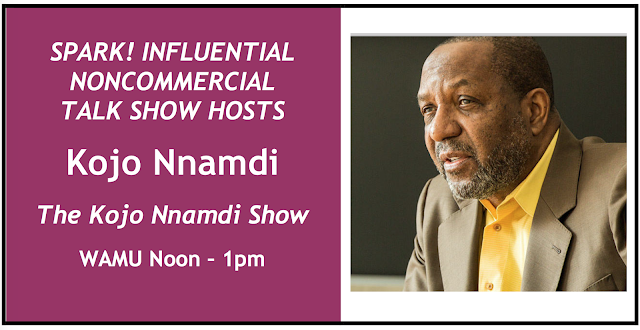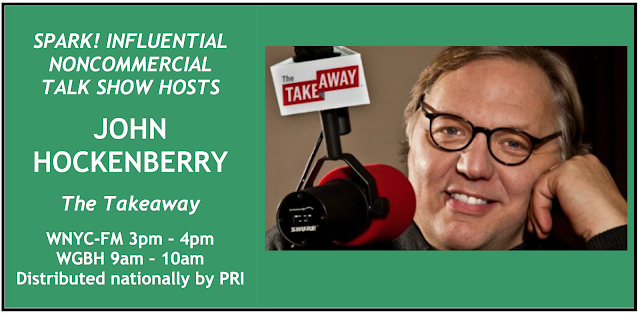MICHAEL HARRISON OF
TALKERS REPLIES TO “NARROW VIEW” CRITICISM
Yesterday we took Talkers magazine to task about the lack
of public radio talk show hosts on his publication’s Heavy Hundred Talkers list of the most important talk show host in
America. Michael Harrison, the publisher
of Talkers, replied:
 |
| Michael Harrison |
Thank you for you thoughtful
analysis of our Heavy Hundred this year. You make some very good points
and I salute your concern for fairness and quality in broadcasting.
I
have no criticism of your criticism… and I am honored that you think what we do
is important enough to devote so much attention to it.
Talkers is a trade publication
primarily focused on the business interests of the news/talk/sports segment of
the commercial radio industry. This includes cable news/talk TV,
satellite radio talk and podcasting. Our secondary arena is commercial
pop culture talk and music radio.
We cover public radio out of
respect for it but – again – we are focused on the commercial venues.
That is our “beat” so to speak.
Our only political position is
support of the First Amendment.
So I guess you are correct, we
do take a “narrow” view of the greater talk media universe.
Again, thank you Ken.
Keep up the good work. Best, Michael
NEW TRUMP BUDGET SEEKS TO DEFUND CPB IN
FISCAL YEAR 2018
In case you haven’t
heard, the Trump-Ryan folks in DC are going after the Corporation for Public
Broadcasting (CPB), one of many, many proposed in the President new budget
proposal for fiscal year 2018.
Both Democrats and Republicans have said Trump’s
budget proposal is dead-on-arrival.
Just a few weeks
ago the Congress approved full funding for CPB in its FY 2017 omnibus
appropriations bill.
Now they are threatening to end funding in fiscal year
2018 and beyond. Debate on defunding CPB is expected to occur in the
summer of early fall.
The last Trump-Ryan
defunding effort caused a windfall of support for public broadcasting. Alan
Chartoff, CEO of WAMC/Northeast Public Radio, said Trump is our best fundraiser ever.
DC’S BLUEGRASS
COUNTRY IS LOSING ITS 105.5 FM TRANSLATOR
Tom Taylor's Now newsletter is
reporting [link] that Bluegrass Country
is losing a major lifeline: A translator at 105.5 FM that repeats the
programming of WAMU-HD2. Bluegrass
Country recently became independent from WAMU. The simulcast on 105.5 is
expected to end June 21st. Bluegrass
Country was unable to craft a deal with 105.5’s private owner.
The loss 105.5 is
certain to hurt Bluegrass Country
because most the DC audience hears it on the FM translator. In the past five
years I have never seen a HD channel show up in Nielsen Audio ratings without
rebroadcasting on a translator. HD Radio continues to be a path to nowhere.
WWOZ HIRES BETH ARROYO UTTERBACK AS NEW
GENERAL MANAGER
 |
| Arroyo Utterback |
WWOZ’s search for a
new General Manager ended back where it stated – in New Orleans. The newest Ozilian (a term for a supporter of WWOZ)
is Beth Arroyo Utterback, Executive VP and CEO at WYES-TV, NOLA’s PBS station.
At WYES, Utterback has
been executive producer of several nationally-distributed music programs as
well as the station's beloved series of local history documentaries and nationally-broadcast
cooking shows.
WWOZ [link] is
owned by the New Orleans Jazz and Heritage Foundation. Utterbrrck takes over
from interim GM Arthur Cohen on June 1st.






























